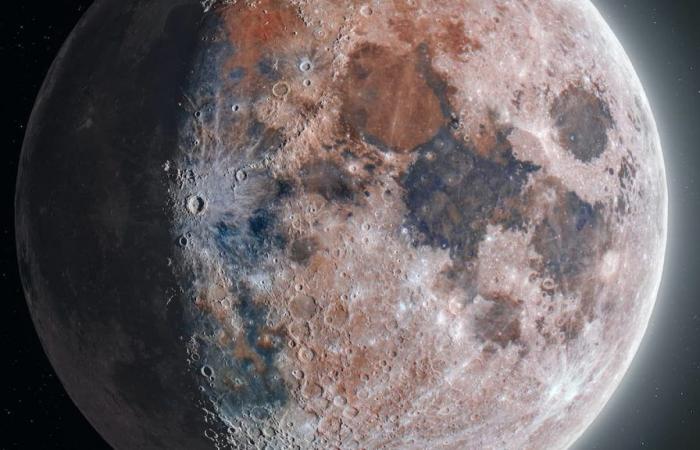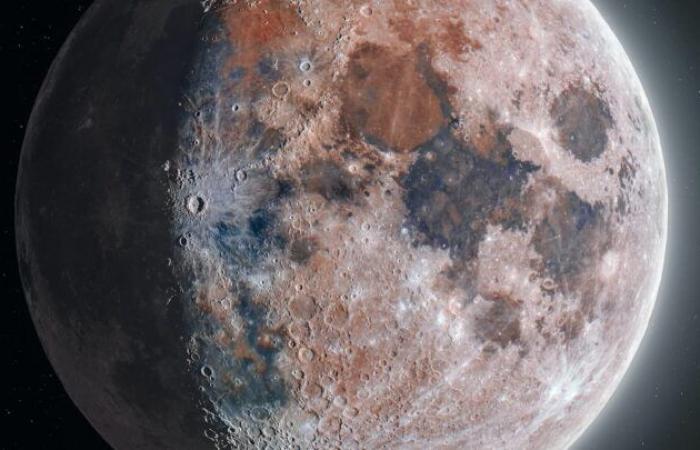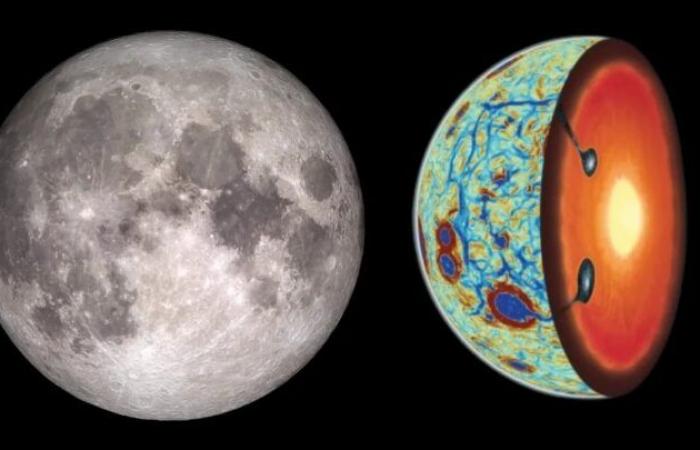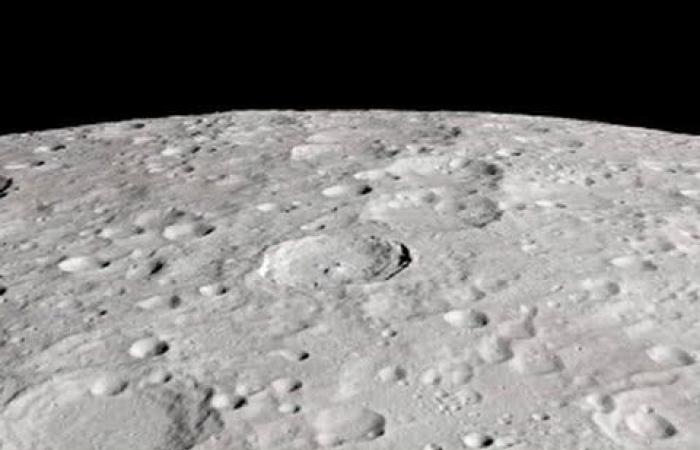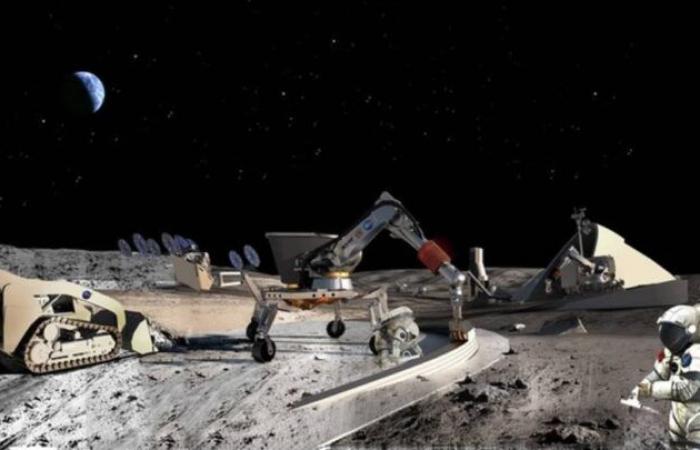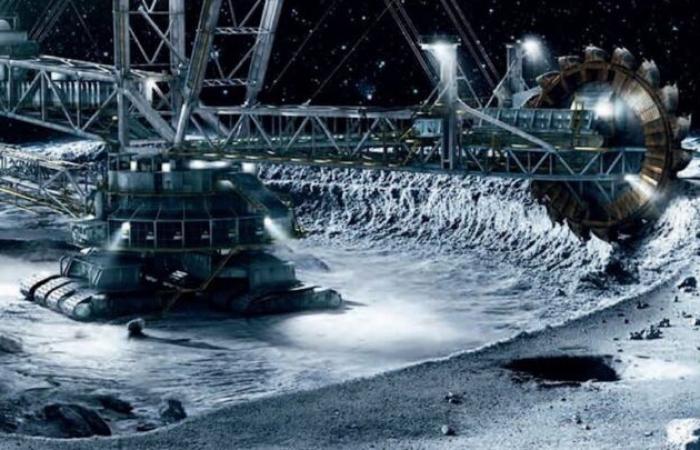We earthlings are lucky to have the Moon as a natural satellite. In addition to the influence it has on our lives, being responsible for making our planet more habitable, it is seen as a supplier of many minerals. But now that you know its interior!
The Moon is a fundamental ally of our planet, Earth. However, we don't know everything we would like to know about it, despite having known it for millennia and trying to understand how it affects us.
In fact, there are many lunar calendars in different cultures on our planet that prefer it to the solar calendar. In 2023, the nucleus of our satellite was discovered and this helped us to better understand how it works.
So... it's not surprising that there are now companies whose main goal is to explore the Moon's resources, something that seems likely to come to fruition sooner or later. Interest in installing lunar bases is growing.
What's inside the Moon
After extensive and in-depth research, published in May 2023 in the journal Nature, a team of scientists revealed what exists in the Moon's inner core: a solid sphere with a density similar to that of iron.
Until now, there were different opinions on this issue, with some experts arguing that the interior of the lunar core could be completely molten. However, everything indicates that it would be absolutely solid, with all that that implies.
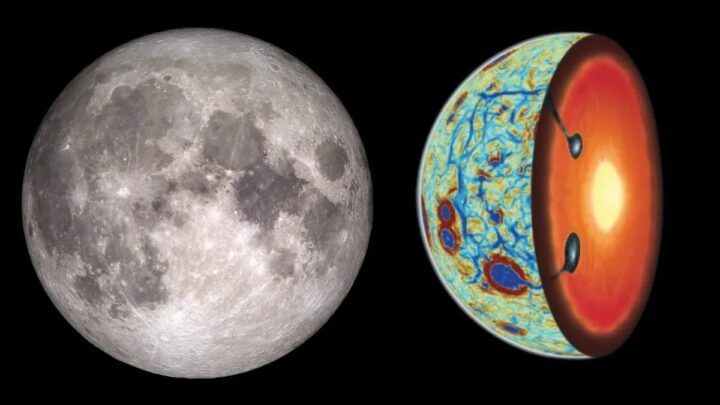
(Left) a detailed image of the Moon (Right) Schematic illustration with a gravity gradient map of the near side of the Moon and a cross section showing two cumulate depressions containing ilmenite from the shedding of the lunar mantle. (Image credit: NASA/Adrien Broquet/University of Arizona & Audrey Lasbordes)
The study led by Arthur Briaud was quite clear in indicating that the satellite's solid core would serve to support a theory about profound change.
This means that the heaviest objects on the Moon fall inward, while those with lower density are ejected outwards. This helps to understand how some elements are found on the Moon's surface and how bombardments from asteroids and meteorites affect the Moon's surface.
To reach these conclusions, Briaud's team and the French National Center for Scientific Research used previous data that supported their hypothesis, going back as far as lunar seismic data from the Apollo mission, although their meters were not of the best possible quality.
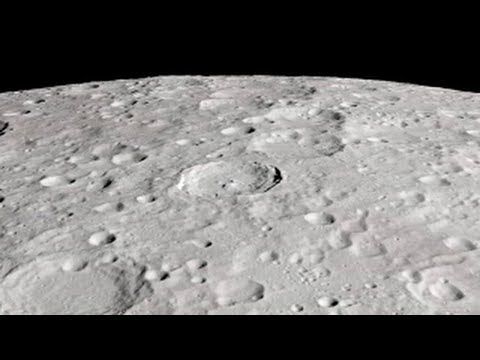
Rare Earth Elements and Precious Metals on the Moon
Compiling all the data, they determined that the lunar core is very similar to Earth's, with a fluid outer layer and a solid inner core.
This core has a density of 7.822 kilograms per cubic meterwhich is very similar to that of iron.
This 2023 study was not the only one to reach these conclusions, as NASA's Renee Weber identified the solid inner core in 2011.
Although the information obtained by Briaud is much more complex and profound, serving to finally close the issue.
All this invites us to learn a lot about the evolution of our satellite's magnetic fieldwhich has been decreasing over millions of years until now.
However, it also has implications for human expectations on the Moon, since knowing how materials are distributed in the lunar mantle also suggests possibilities for exploring it.
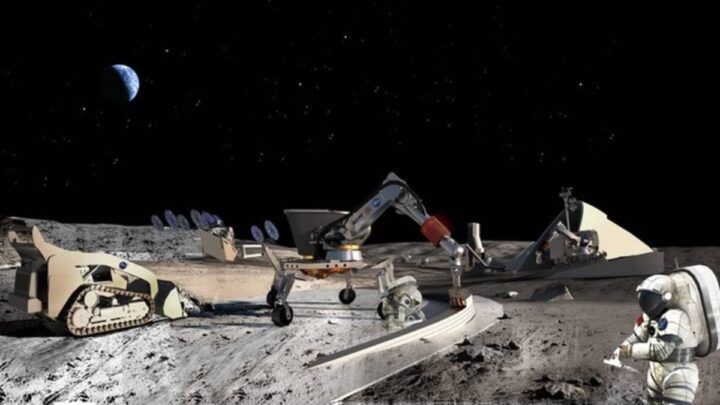
The importance of lunar bases and mines on the Moon
A China is planning to launch a missile on the Moon and create a base in the crater that this form. It is a very interesting way to protect itself from radiation and corrosion on its surface, but the approach that the great world powers intend to adopt is also very interesting: research, development and effective exploitation of the resources of the lunar territory.
There are also plans by private companies to exploit its resources. They're not talking about mineral resources yet, butare considering the idea of exploring Helium-3which is used for advanced plans on Earth, such as nuclear fusion.
In fact, it is believed that there are 1.1 million tons of Helium-3 on the Moon, and a single ton is valued at 4 billion dollars. In fact, China discovered a mineral that is partially made up of this element.
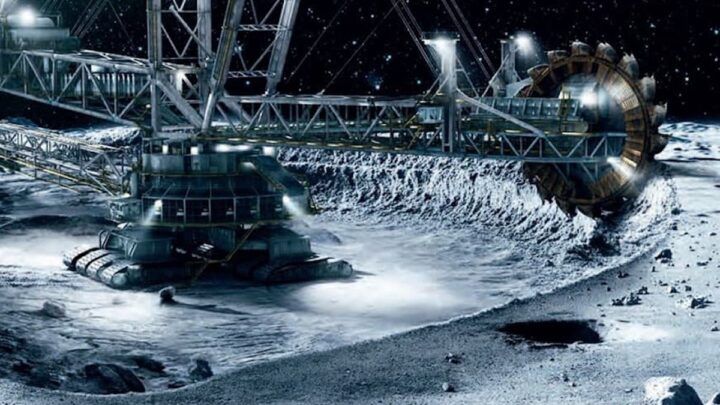
Known as Changesite, this mineral is very rich in Helium-3, which makes it perfect to be extracted and sent to Earth.
Thus, although the Moon's core is inaccessible and cannot be explored as such, it shows us how materials are arranged on the Moon and invites us to look for new ways to systematically explore the territory.
For now, there are only plans, far-fetched or not, but it is clear that everything aims to explore the Moon's resources.
In fact, Article II of the UN Space Treaty perfectly allows the exploitation of resources, as long as it is not part of a national appropriation of all celestial bodies.

